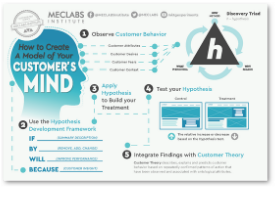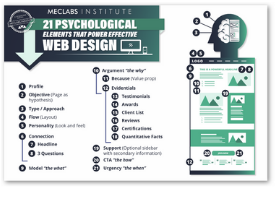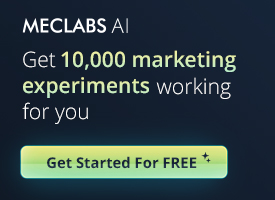Why I think privacy software has no future
Privacy software has no future. You read it here first.
I’m on a satellite connection to civiIization. Having read a lot about denial of service (DoS) attacks for my latest book, I was aware that hackers often plant software on unknowing computers on always-on broadband connections, like satellite. Stay with me here; I’ll be back at privacy software soon.
The first thing I did when I got satellite was to download personal firewall software (ZoneAlarm). Within 5 minutes, it stopped an intruder from connecting to my computer. I get chills when I look at the log files and see how many hackers are trying to sign onto my computer (over 100 in the last 24 hours).
Well, I upgraded ZoneAlarm to ZoneAlarm Pro a couple weeks back, when I thought I had a virus (upping general security precautions), and ZoneAlarm Pro comes with privacy software.
My choices were tantalizing: With high cookie control, I could surf in complete anonymity, since no cookies could load; with Medium cookie control, I could allow cookies for personalization, but forbid 3rd party (ad-tracking) cookies; or I could turn cookie control off and allow all cookies. Ha! As if I would ever allow 3rd-party cookies again!
Then I went to Amazon. Even with medium security, I was asked to sign in on every other page and couldn’t use any personalization features. At Hotmail, I couldn’t actually get IN to my inbox, although I could authenticate. At Bluelight.com, nothing would go into my shopping cart. I could go on.
All these sites rely on what my privacy software believes are “3rd-party ad-tracking cookies?” So it seems. Since there are too many major merchants I need to visit out there to get mad at all of them, I simply had to disable the privacy feature.
Bottom line: The only thing you can do with privacy software enabled is read the news. Who is going to settle for that?








